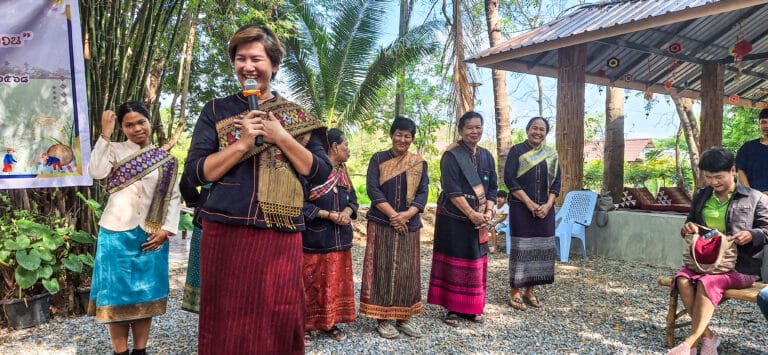Built by Allied Prisoners of War and Asian labourers under brutal Japanese occupation, the construction period of the Death Railway claimed over 100,000 lives. The statistics are stark: 75,000 POWs, alongside 65,000 Asian labourers, slaved away under the scorching sun and relentless monsoon rains to complete this strategic link between Thailand and Burma (now called Myanmar). Today, the tracks stand as a testament to the ordeal of its builders, winding through lush jungles, effortlessly navigating steep cliffs, and traversing the iconic wooden viaduct – a chillingly beautiful witness to their forced engineering genius.
Many travel journals label the Death Railway as a grim reminder of the past, but it is more than that. It’s a celebration of survival and riding the train today is a humbling experience of revisiting the dark times that came before. As the rhythmic clatter of the wheels fills the air and the varied scenery unfolds, it’s impossible not to contemplate the unimaginable hardships endured by those who came before. Each bend and tunnel whisper their stories, which are etched not just in history books but in the very fabric of the landscape.
